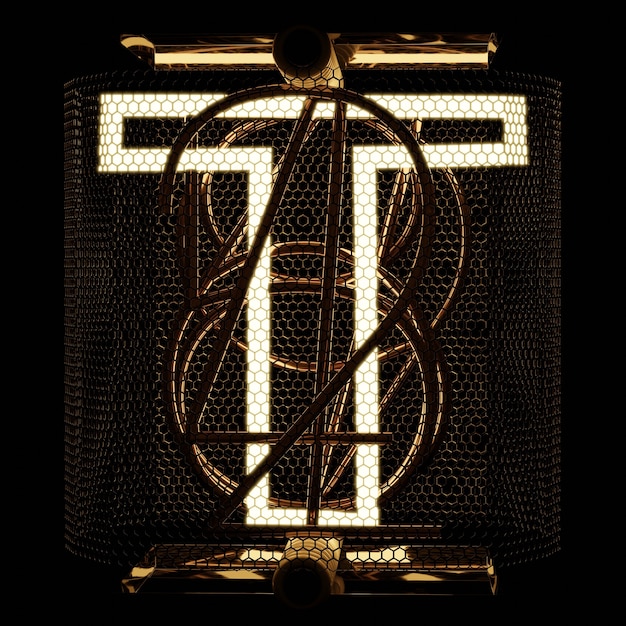
The Castle of Llyr Book Review
The Castle of Llyr is the third book in The Prydain Chronicles by Lloyd Alexander. This series consists of five books published between 1964 and 1968, along with a collection of short stories titled The Foundling and Other Tales, published in 1973. The series includes The Book of Three, The Black Cauldron, The Castle of Llyr, Taran Wanderer, and The High King.
Sometimes, the third book in a five-part series can feel a bit slow, often because it needs to bridge the gap between the detailed world-building of the earlier books and the climactic events of the later ones. This is often referred to as “The Two Towers Effect.” However, The Castle of Llyr doesn’t fall into this trap. Instead, it expands the story we already know in interesting ways and continues to build the world while taking the plot in new directions. Our main characters are growing up, and this maturation influences how they interact with their surroundings, making it one of my favorite books in the series.
In this part of the adventures of an Assistant Pig-Keeper and his friends, including a stubborn princess, the Princess Eilonwy is sent to the island of Mona to learn how to be a lady, much to her displeasure and Taran’s sadness. Eilonwy isn’t just any princess; she belongs to the House of Llyr, where princesses and queens have historically been powerful sorceresses. The Castle of Caer Colur, the ancestral seat of the House of Llyr, used to be part of the island of Mona. Some characters want to exploit Eilonwy’s heritage for their own gains, and both old enemies and familiar friends reappear.
While Eilonwy’s journey to self-discovery takes a back seat for much of the story, as Taran remains the series’ hero, her character development is touching. She learns about sacrifice, what kind of person she wants to become, and what it means to mature. Concurrently, Taran learns how to be an effective leader, even when leading people he doesn’t necessarily like. He starts to realize that his annoyance towards Prince Rhun stems from deeper feelings for Eilonwy. He begins to understand that his reluctance to see her go and his dislike for the prince are rooted in his burgeoning love for her.
As an Assistant Pig-Keeper, Taran feels a bit resentful because assistant pig-keepers don’t typically marry princesses; princesses marry princes. This internal conflict over his feelings and social standing continues into the next book, Taran Wanderer, but the groundwork is laid here, hinting at Eilonwy’s own feelings towards Taran. Even though their interactions are viewed from his perspective and might seem sparse in this book, their moments together are always engaging to read.
Unlike The Book of Three and The Black Cauldron, The Castle of Llyr doesn’t stand alone as effectively. You could follow along, but the first third of the book might be confusing if you haven’t read the previous ones. You’d miss out on the rich character development and relationships eloquently built up in the earlier books, especially between Taran and Eilonwy.
One of the things I loved about The Prydain Chronicles as a kid was how strong a character Princess Eilonwy was. She was smart, sassy, and unapologetically expressive. Her mysterious heritage, her strange glowing bauble, and her background with Achren were fascinating and are explored in more depth in The Castle of Llyr.
Overall, The Castle of Llyr is a beautifully crafted book that provides more backstory and character development while answering some lingering questions from the earlier books. It’s a captivating mid-series book that is hard to put down. If you enjoy magical, destiny-driven coming-of-age stories with humor, you’ll love The Castle of Llyr (just be sure to read the first two books first).

